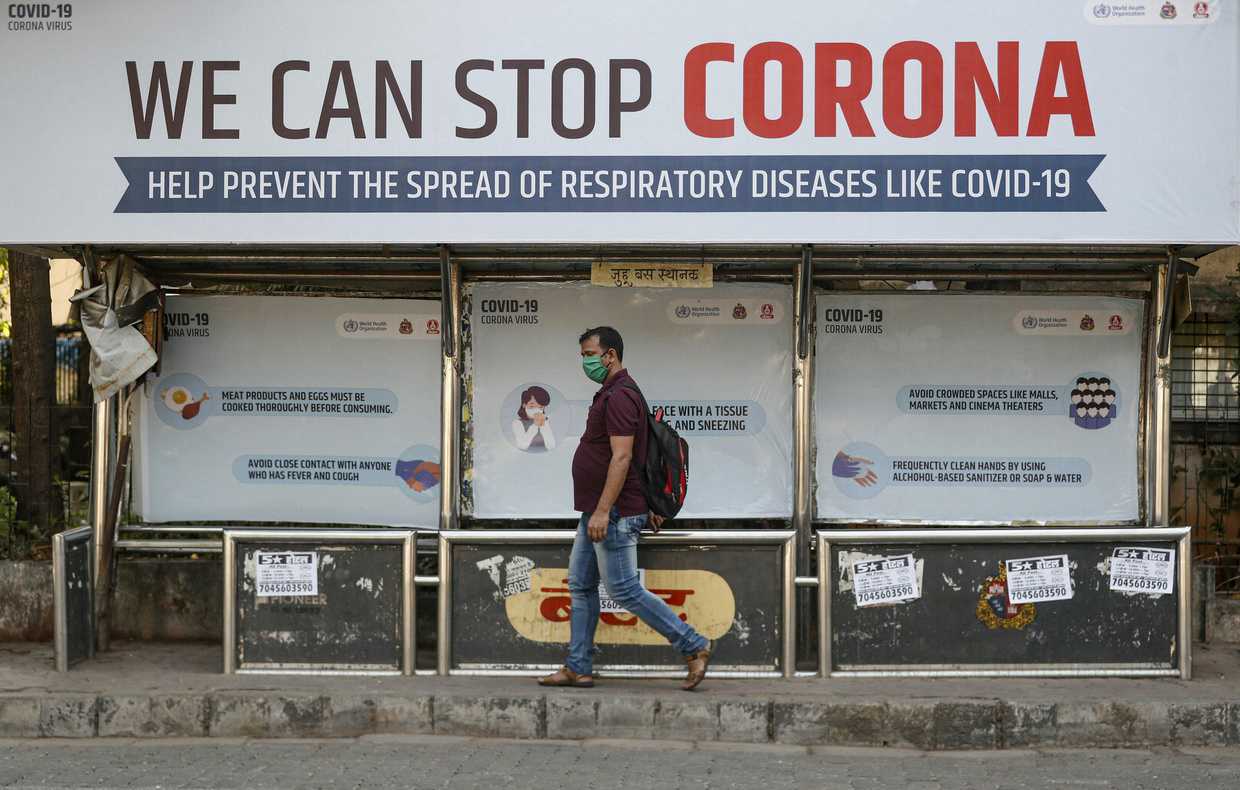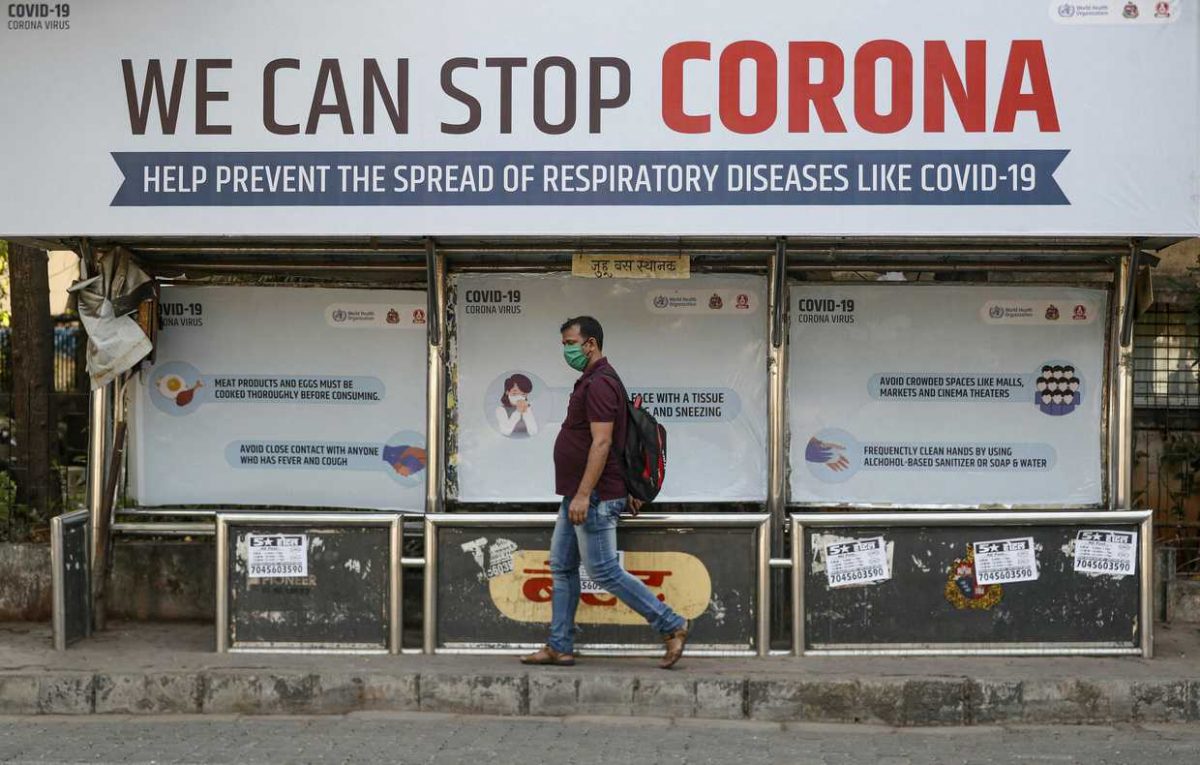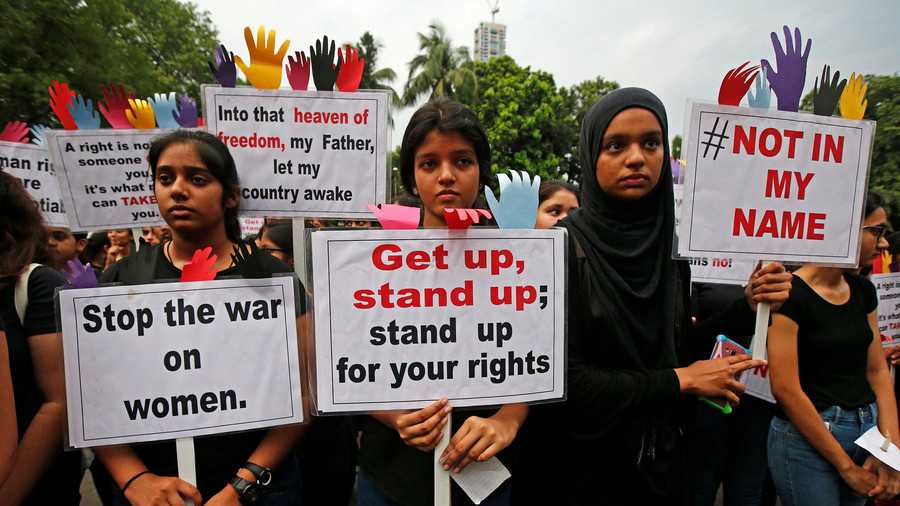
With China seemingly out of the coronavirus woods, the world’s second most populous nation is yet to face the worst of it. For Indian PM Narendra Modi, the coming days might be his greatest disaster… or greatest triumph.
It’s easy for headline-hunters to run away with the screamer that Modi “asks citizens for self-curfew on March 22,” which indeed he did in his address to the nation on Friday. However, the seriousness of his warning to citizens that they need to “isolate” themselves wasn’t lost on anyone.
“Science still doesn’t have a vaccine for [the coronavirus]. The trend in countries shows it explodes after a few benign weeks,” warned Modi, lest Indians be lulled into complacency by the reports of four deaths and 180 cases thus far, and come to think that India’s 1.37 billion people are somehow immune to the lurking danger.
Quietly preparing for siege
The Indian state itself has slowly switched to a “lockdown” footing, though the government has desisted from a formal announcement, figuring it would only further the panic and not the cause.
Starting March 22, international flights will not be allowed to land for a week. Railways are cancelling trains by the hundreds. States are shutting down public transport. Formal curfews are being imposed in India’s busy hinterland cities. Shops have been forcibly shut down, except for essential services such as groceries and chemists – as has been the case in Jammu, a city in the Himalayan foothills.
India’s secondary education exams, a touchstone for millions of teenagers aspiring to a quality higher education, have been postponed. Universities have been asked to shutter till the end of March. A government advisory has asked persons above 65 and children below 10 to stay at home. There is no telling when an evening out in shopping malls, now closed, will be in the realm of possibility again.
India’s health ministry has been converted into a virtual war-room. Screenings are no longer limited to the airports alone. Random tests are being administered to citizens, albeit on a very small sample still. Approved laboratories are training new ones. Quarantine beds and virus kits are being built up, while the export of drugs has been halted.

